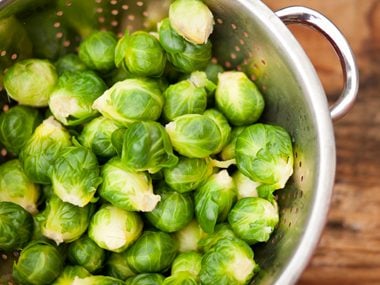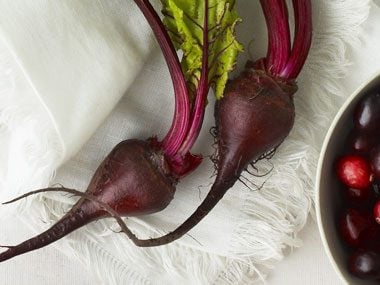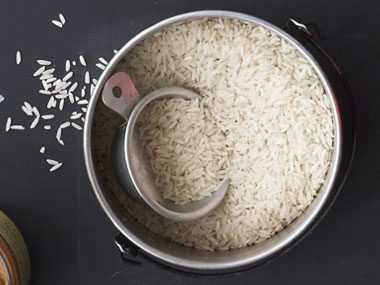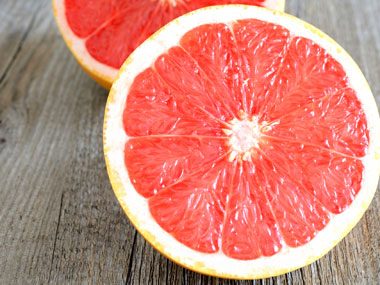
Can you eat healthier by changing your tastes?
Much has been made of the fact that you can’t eat “just one” chip or cookie because the sugar, fat, and salt added to processed junk food may trigger an addictive cycle in our brain. But knowledge is power, says David Katz, MD, author of the new book Disease-Proof. He believes you can, in fact, train yourself to enjoy natural and healthy favors, which makes eschewing junk food and eating healthier that much easier. Try these science-backed tips from the book.

Give another chance to foods you think you hate.
Taste buds typically become less sensitive with age, which allows you to enjoy foods that once tasted too strong or bitter, like Brussels sprouts, olives, or turnips.

Pair foods you dislike with those you love.
If you’re agnostic about beets, but you do like blue cheese and walnuts, toss them all in a spinach salad. Experts use this conditioning strategy—called “flavor-flavor” learning—to help kids eat their veggies.

Make small swaps.
Switching to whole grains is easier when you gradually replace processed grains. Blend 1/3 brown rice and 2/3 white rice; over time, you can adjust the ratio until you eat 100 percent brown rice.

Give it time.
Cultivating a taste for certain foods may require repeated exposure. Research from the Monell Chemical Senses Center found that when people consumed a bittersweet beverage once each day for a week, they wound up liking it 68 percent more than they did initially.

Educate yourself.
Katz says it’s important to give yourself reasons to like foods with flavors you don’t naturally love. If you learn about, say, why kale is so good for you—it’s loaded with fiber, vitamins A, C, and K, calcium, iron, and other plant compounds—you’ll be more motivated to try and like it.

Turn off a craving.
When your sweet tooth starts demanding sugar, Katz recommends tamping it down by eating a food with a contrasting flavor, like half a grapefruit or a sour or bitter orange. Or switch to a palate-cleansing flavor, like mint.

Limit flavors in a single meal.
Having too many choices at one time can stimulate your appetite and cause you to overeat. It’s called sensory-specific satiety—the tendency to get full and lose interest in, say, a buttery piece of fish, but be able to continue the jasmine rice. When you limit the variety in a given meal, you’re more likely to feel satisfied sooner. Stick to one entrée and one or two small sides.

More smart strategies to eat healthier:
Disease Proof reveals the important, specific skills we need to eat healthier, move more, and improve overall health, which can slash the risk of cancer and heart disease by 80 percent. Learn more and buy the book here.